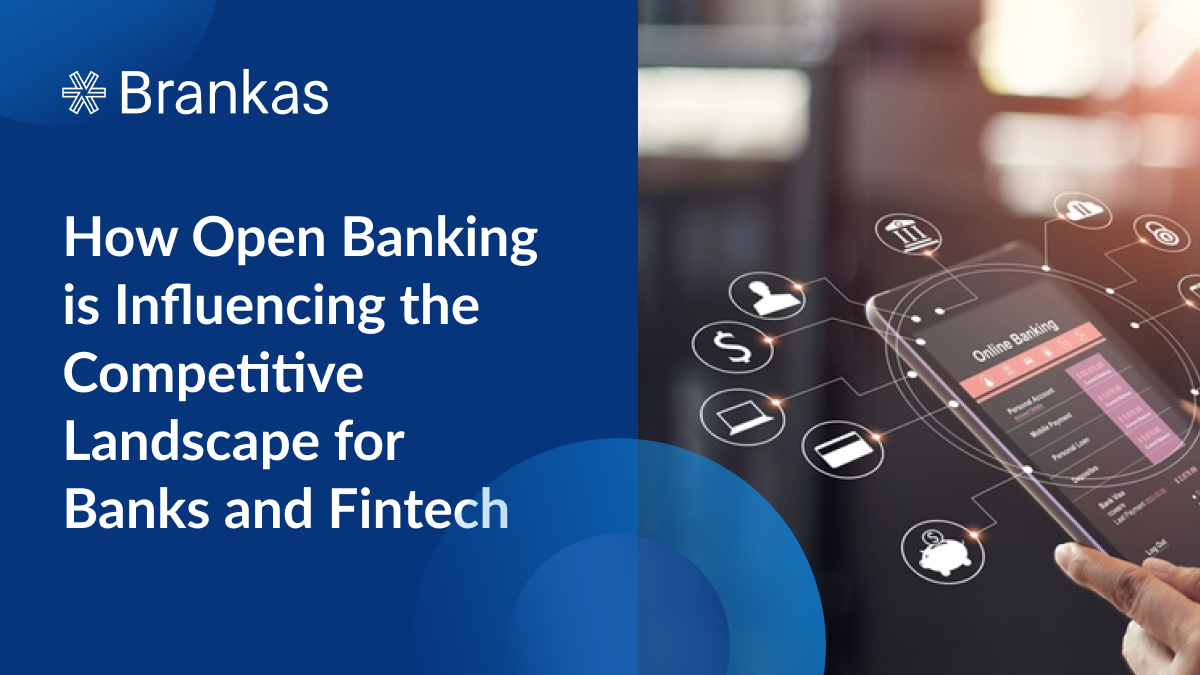How Open Banking is Influencing the Competitive Landscape for Banks and Fintech
Open banking is disrupting the financial industry. A Finastra survey of global financial entities shows that 3 in 5 banking professionals consider it a ‘must-have.’ Proponents of open banking believe it fosters competition, spurs innovation, and enhances consumer choice. Critics raise concerns about potential financial vulnerabilities and data security issues. This article will examine how open banking reshapes the competitive landscape for banks and fintech companies.
What is Open Banking?
Open banking encourages banks to share customer data with authorized third-party providers via secure APIs (application programming interfaces). This sharing allows customers to access a wider array of financial services and products. The movement gained momentum with regulations like the PSD2 (Revised Payment Services Directive) in Europe, which mandates that banks open their payment services and customer data to licensed third parties.
Open banking breaks down the silos within the financial sector to promote a more interconnected and dynamic marketplace. It aims to enhance the ecosystem through increased transparency and customer empowerment.
Benefits of Open Banking for Banks
· Enhanced customer experience through personalized services
· Improved operational efficiency and reduced costs
· Opportunities for innovation and collaboration with fintech companies
· Case studies/examples of banks successfully leveraging open banking
Advantages of Open Banking for Fintech Companies
· Easier access to financial data and customer insights
· Ability to offer more competitive and innovative products
· Increased collaboration opportunities with traditional banks
· Case studies/examples of fintech companies benefiting from open banking
Challenges and Risks of Open Banking
· Data security and privacy concerns
· Regulatory compliance and legal challenges
· Integration issues with existing banking systems
· Competition and market dynamics
The Changing Competitive Landscape
Reshaping the Relationship between Banks and Fintech Companies
Open banking is fundamentally altering the dynamics between traditional banks and fintech companies. Previously seen as competitors, these entities are increasingly collaborating to leverage each other’s strengths. Banks, with their vast customer bases and regulatory experience, are partnering with nimble and innovative fintech firms to offer enhanced services. These collaborations allow banks to modernize their offerings without extensive in-house development, and fintech companies gain access to established customer bases and financial infrastructure. This symbiotic relationship fosters a more integrated financial ecosystem where both types of institutions can thrive together.
The Rise of New Business Models and Revenue Streams
The emergence of open banking paved the way for innovative business models and new revenue streams. Financial institutions are exploring subscription-based services, freemium models, and revenue-sharing arrangements with fintech partners. For instance, banks can offer premium API access to fintech firms, enabling the latter to build value-added services on top of traditional banking infrastructure.
Fintech startups are emerging with specialized offerings, such as data aggregation, financial health tracking, and personalized financial management tools. These models diversify revenue and enhance customer engagement and retention.
Impact on Customer Expectations and Behavior
Open banking is influencing customer expectations and behavior significantly. Consumers now demand more personalized, seamless, and integrated financial services. Linking multiple financial accounts to access various services from a single platform has become a standard expectation. This shift is driving financial institutions to prioritize user experience and adopt customer-centric approaches. Customers are becoming more informed and proactive in managing their finances, using tools and apps that offer real-time insights and tailored financial advice. As a result, banks and fintech companies are under increasing pressure to innovate and provide superior customer experiences.
Disruptive Players in the Market
J.P. Morgan partnered with Mastercard’s open banking technology to launch Pay-by-bank. This solution enables customers to pay bills directly from their bank accounts via ACH banking rails.
In Singapore, SGFinDex enables individuals to access personal financial information from participating banks, insurers, and CDP using their SingPass. This access helps them gain a clearer understanding of their overall financial health and plan their finances more comprehensively.
Clients in the US can link their debit or credit cards from Wells Fargo, Chase, American Express, and other major banks to Apple Pay. With Apple Pay’s open banking capabilities, customers may make purchases without physically touching the payment terminal with their cards.
Companies like Revolut and Monzo have gained significant traction by offering app-based banking solutions that integrate seamlessly with various financial services through open APIs. These digital-only banks provide features such as instant spending notifications, international money transfers, and budgeting tools that traditional banks often lack.
Data aggregators like Yodlee and Nordic API Gateway have disrupted the market by enabling secure data sharing across financial apps, empowering users with comprehensive financial insights. These new entrants challenge established financial institutions to innovate continuously and adapt to the evolving market landscape.
Strategic Responses from Banks
1. Invest in technology and innovation.
Banks must increase their investments in technology and innovation. Adopting advanced technologies such as artificial intelligence, machine learning, and blockchain, can enhance service offerings and operational efficiency. Investing in robust cybersecurity measures ensures the protection of sensitive customer data and addresses one of the primary concerns associated with open banking.
2. Partner and collaborate with fintech firms.
These alliances allow banks to leverage the innovative capabilities of fintechs while providing fintech companies with access to the banks' established customer bases and regulatory expertise. For example, banks are integrating fintech solutions into their platforms to offer enhanced services such as instant payments, personalized financial advice, and automated loan approvals. Collaborations like these create a win-win scenario, fostering innovation and expanding the range of services available to customers.
3. Develop proprietary open banking platforms and ecosystems.
Some banks are taking a proactive approach by developing their own open banking platforms and ecosystems. These proprietary platforms enable banks to offer a centralized hub where third-party developers can build and integrate their applications. Banks can provide customers with a seamless and comprehensive financial experience by creating an ecosystem of interconnected services. For instance, banks can offer APIs for payment processing, account aggregation, and financial planning through a single interface. This approach enhances customer engagement and opens new revenue streams for banks.
4. Focus on customer-centric strategies.
A customer-centric approach is crucial for banks to retain and attract customers. Banks are prioritizing the development of user-friendly interfaces, personalized services, and responsive customer support. By leveraging customer data, banks can offer tailored financial products that meet the specific needs and preferences of their clients. For example, personalized loan offers, investment advice based on spending patterns, and proactive financial health monitoring are some of the ways banks are enhancing the customer experience. Build trust by ensuring transparency in how customer data is used and securing explicit consent for data sharing.
Final Insights
Open banking is a catalyst for significant change in the financial industry. For banks, it offers a pathway to enhanced customer experiences, operational efficiency, and innovative partnerships with fintech firms. By embracing open banking, banks can modernize their services and remain relevant in an increasingly digital world. Fintech companies gain easier access to valuable financial data and customer insights, allowing them to offer more competitive and personalized products. The collaborative ecosystem fostered by open banking paves the way for mutual growth and innovation.
As open banking progresses, expect to see even more integration of advanced technologies such as AI and blockchain. The evolving regulatory environment will play a crucial role in shaping the future of banking, ensuring that security and privacy are maintained while fostering innovation. Ultimately, open banking drives a more interconnected and customer-centric financial ecosystem, promising ongoing advancements and new opportunities for banks and fintech companies.
Elevate your financial products with our solutions and stay ahead in the market!


